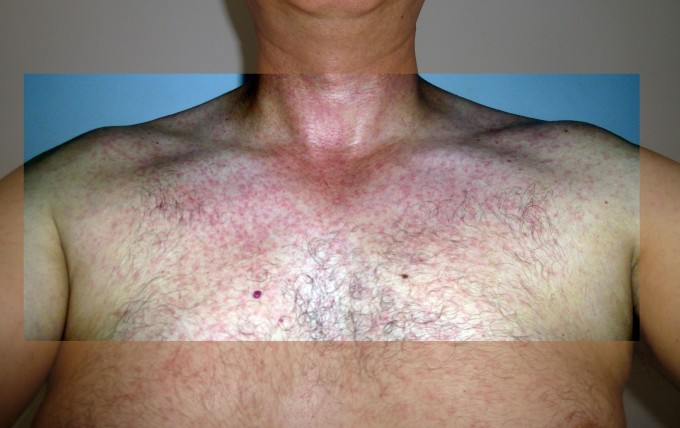
Briefing to the WHO Executive Board on the Zika situation
by Margaret Chan — director of the World Health Organization
Distinguished members of the board, representatives of member states, ladies and gentlemen,
Welcome to this briefing on the Zika situation. I will give you a brief history of this disease and explain why WHO is so deeply concerned.
The Zika virus was first isolated in 1947 from a monkey in the Zika forest of Uganda. Its historical home has been in a narrow equatorial belt stretching across Africa and into equatorial Asia.
For decades, the disease, transmitted by the Aedes genus of mosquito, slumbered, affecting mainly monkeys. In humans, Zika occasionally caused a mild disease of low concern.
In 2007, Zika expanded its geographical range to cause the first documented outbreak in the Pacific islands, in the Federated States of Micronesia. From 2013-2014, four additional Pacific island nations documented large Zika outbreaks.
In French Polynesia, the Zika outbreak was associated with neurological complications at a time when the virus was co-circulating with dengue. That was a unique feature, but difficult to interpret.
The situation today is dramatically different. Last year, the virus was detected in the Americas, where it is now spreading explosively. As of today, cases have been reported in 23 countries and territories in the region.
The level of alarm is extremely high.
Arrival of the virus in some places has been associated with a steep increase in the birth of babies with abnormally small heads and in cases of Guillain-Barre syndrome.
A causal relationship between Zika virus infection and birth malformations and neurological syndromes has not yet been established, but is strongly suspected.
The possible links, only recently suspected, have rapidly changed the risk profile of Zika, from a mild threat to one of alarming proportions. The increased incidence of microcephaly is particularly alarming, as it places a heart-breaking burden on families and communities.
WHO is deeply concerned about this rapidly evolving situation for four main reasons:
- the possible association of infection with birth malformations and neurological syndromes
- the potential for further international spread given the wide geographical distribution of the mosquito vector
- the lack of population immunity in newly affected areas
- and the absence of vaccines, specific treatments, and rapid diagnostic tests.
Moreover, conditions associated with this year’s El Niño weather pattern are expected to increase mosquito populations greatly in many areas.
The level of concern is high, as is the level of uncertainty. Questions abound. We need to get some answers quickly.
For all these reasons, I have decided to convene an Emergency Committee under the International Health Regulations. The committee will meet in Geneva on Monday, 1 February.
I am asking the committee for advice on the appropriate level of international concern and for recommended measures that should be undertaken in affected countries and elsewhere. I will also ask the committee to prioritize areas where research is most urgently needed.
Decisions concerning the committee’s advice to me will be made public on our website.
Thank you.
~ ~ ~
The announcements below are interactive. Click on them for more information













